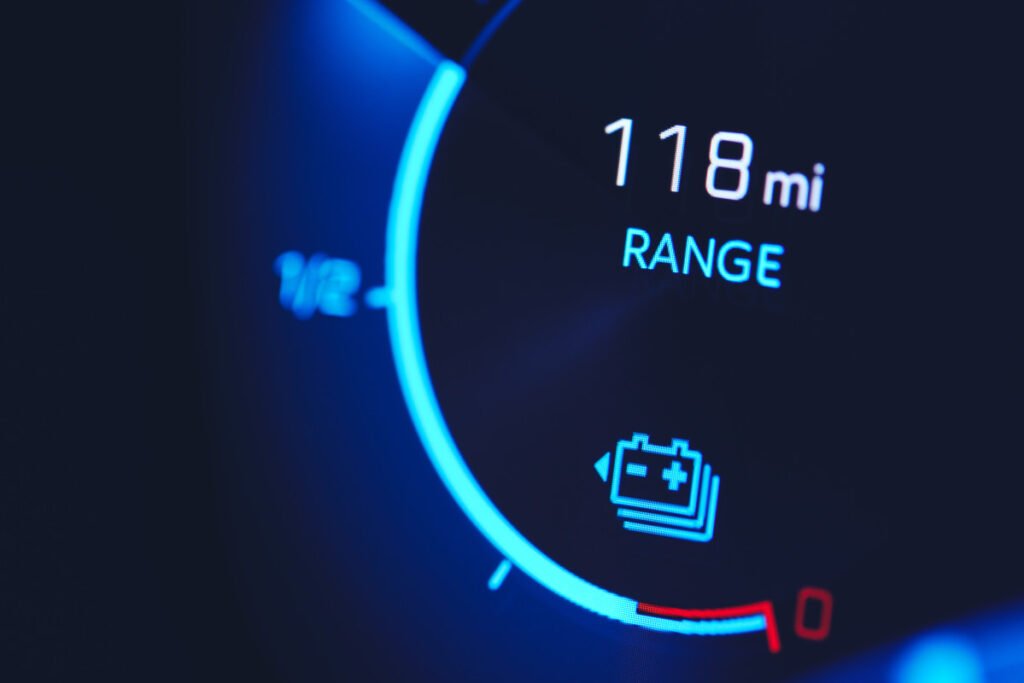
The Uphill Road to Zero Emissions
European carmakers are pushing back against the EU’s ambitious plan for a 100% reduction in car CO₂ emissions by 2035, saying the timeline may be more political dream than practical reality. In a direct appeal, industry leaders warned that the proposed 2035 zero-emission ban risks overestimating how quickly Europe can pivot to electric vehicles. Their argument is simple: while the future is undoubtedly electric, today’s production challenges and rising costs, charging infrastructure gaps, and the threat of cheaper Chinese EVs make the path to zero emissions much steeper than policymakers suggest.
Carmakers argue they are being asked to transform with their “hands tied behind their backs.” Europe’s EV supply chain still leans heavily on imported batteries, local manufacturing remains expensive, and the charging network is far from ready for mass adoption. With trade tariffs also threatening costs, the race to meet the 2030 and 2035 CO₂ targets looks increasingly uphill.

EV Alternatives: The Smarter Route?
Electric vehicle adoption rates in the EU highlight the issue at hand. Just 15% of new cars sold in the EU are electric, while vans (a sizeable market) lag at under 10%. At this pace, EU carmakers say the 2035 zero-emissions target is simply out of reach. This raises serious concerns, not only for industry but also for consumers waiting for affordable EVs.
European carmakers are lobbying for a more tech-neutral approach, instead of the current zero-emissions policy. Alongside pushing EVs to lead the charge, they want to keep the door open for plug-in hybrids, hydrogen power, e-fuels, and efficient internal combustion models. Keep in mind European regulators have already softened slightly. The 2025 CO₂ targets were tweaked to include a three-year averaging rule for compliance up to 2027 to give the industry more breathing space.
Honda
What This Means for Buyers
For car buyers, the implications are clear. If the shift toward EVs slows, expect fewer models, limited stock, and higher car prices in the short term. On the other hand, a broader technology mix could mean more value-for-money hybrids and efficient internal combustion cars remain available.
If the carmakers get what they want, the consumer should be the ultimate winner with greater choice. Changes in policy in the EU will likely have a rollover effect on the US market, already in turmoil from Trump’s EPA plans. The real question is: will this end up giving buyers more clean and affordable options, or simply delay the inevitable shift to a zero-emission future?

